- Water Testing Meters
- Anemometer
- Length & Distance Meter
- Multimeter & Clamp Meter
- Light and Sound Meter
- Slide Calipers & Screw Gauge
- Thermometer & Hygrometer
- Milk Testing Meters
- Paper, Grain & Wood Testers
- Stopwatch & Timers
- Soil Testing Meters
- Refractometers & Analyzer
- Magnetic Compass
- Tachometer & Megger
- Thickness & Dia-Meters
- Other Meter And Accessories
9012 PNP Transistor
৳ 3.00
- 9012 PNP transistor
- Type: Bipolar junction transistor (BJT)
- Commonly used for switching and amplification
- Made in China
SKU:
93577
Category: Electronic Components
Tags: Electronics Lab Equipment in Bangladesh, Transistors
Description
A 9012 PNP transistor is a type of bipolar junction transistor (BJT) commonly used for switching and amplification purposes in electronic circuits. The “9012” designation typically refers to a specific part number assigned by the manufacturer. PNP transistors have three layers of semiconductor material: an emitter, a base, and a collector. In a PNP transistor, the majority of charge carriers are holes, which flow from the emitter to the base and then to the collector.
Here are some key characteristics of the 9012 PNP transistor:
1. Polarity: PNP transistors are characterized by having a positive-negative-positive configuration of the semiconductor layers. The arrow in the transistor symbol points outward from the base, indicating the direction of conventional current flow.
2. Function: PNP transistors can be used for switching applications, where small currents at the base terminal control larger currents flowing between the collector and emitter terminals. They can also be used for amplification, where small variations in the base current result in larger variations in the collector current.
3. Parameters: The 9012 PNP transistor will have specific electrical parameters such as maximum collector current (IC), maximum collector-emitter voltage (VCEO), maximum power dissipation (PD), DC gain (hFE), etc. These parameters determine the transistor’s operating conditions and limitations.
4. Package Type: The transistor will be available in different package types such as TO-92, SOT-23, etc. The package type affects how the transistor is mounted and connected in a circuit.
5. Applications: PNP transistors like the 9012 can be found in various electronic circuits including amplifiers, oscillators, voltage regulators, and switching circuits.
It’s important to consult the datasheet or specifications provided by the manufacturer for detailed information on the 9012 PNP transistor’s characteristics and usage guidelines.
Reviews (0)
Only logged in customers who have purchased this product may leave a review.
About brand
Labtex is a seller, supplier, and stockist of Chinese-branded and non-branded lab equipment, scientific instruments, chemicals, reagents, microscopes, telescopes, medical devices, etc., in Bangladesh. Labtex always tries to sell the original products through the website and direct sales.
Shipping & Delivery
Delivery within 1-3 working days in Dhaka City and 3-5 working days anywhere in Bangladesh.
Disclaimer and Declaration
We are using this website as a catalog or brochure to represent our company in the digital world. Here displayed products and the physical products may slightly vary due to the deviation of lighting sources, photography, or your device display settings. And to improve product quality and prevent counterfeiting, actual products may vary, which may not match the image shown here. And here prices shown may be changed depending on the market price. And all prices are without VAT and AIT. Displayed on this website are not our ready-stock products, but we can deliver within the due time, which means delivery within 1-3 days in Dhaka city and within 3-5 days anywhere in Bangladesh.N.B.: We can’t deliver liquid products outside of Dhaka City. Please don’t place an order for liquid products from outside Dhaka City.Special Caution: None of our chemicals is suitable for human consumption or use in food. These are only for Research and Analysis.
Website Disclaimer:
This website may use some copyrighted materials without specific authorization of the owner, but the contents used here which is under the “Fair Use” of website content Policy. Copyright Disclaimer Under section 107 of the Copyright Act 1976, allowance is made for “fair use” for purposes such as comment, news reporting, teaching, scholarship, research, and analysis. Fair use is a use permitted by copyright statute that might otherwise be infringing. Non-profit, educational, training, experimental, or personal use tips the balance in favor of fair use. If you have any complaints about our content or find any content, image, video, or text that is copyrighted by you and want to remove it from this website, please feel free to email us at Labtexbangla@gmail.com. Those contents will be removed from this website.বি: দ্র: আমাদের অফিস থেকে সরাসরি পণ্য নেওয়ার ক্ষেত্রে, আমাদের অফিসে আসার নূন্যতম ৩ ঘন্টা আগে ফোনে জানিয়ে আসতে হবে। নতুবা ততক্ষনাৎ অফিস থেকে পণ্য দেওয়া সম্ভব হবে না।বিশেষ সর্তকতাঃ আমাদের কোনও রাসায়নিকই মানুষের ব্যবহারের জন্য বা খাবারে ব্যবহারের জন্য উপযুক্ত নয়। এগুলি কেবল গবেষণা এবং বিশ্লেষণের জন্য।
Related products
IC 7408 / 74HC08 Quad 2-input AND Gate
In stock





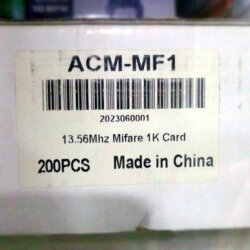
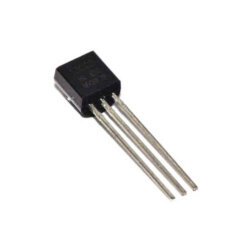


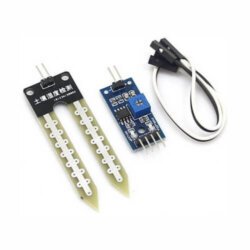
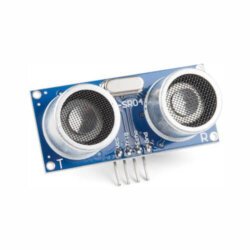
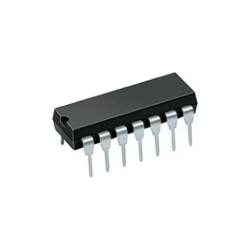

Reviews
There are no reviews yet.